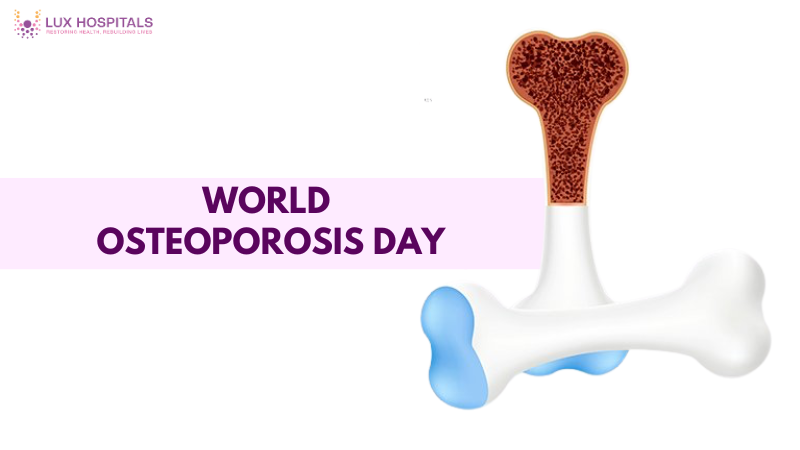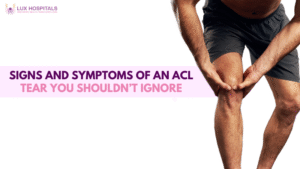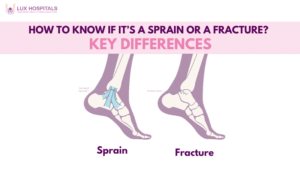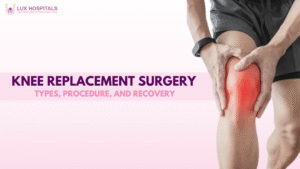World Osteoporosis Day: Strong Bones, Healthy Future

In an effort to raise awareness about bone health and fracture prevention, the International Osteoporosis Foundation (IOF) organizes World Osteoporosis Day, which is celebrated annually on October 20. A healthy and active life is built on strong bones, as World Osteoporosis Day reminds us. With millions globally affected by weak bones, this campaign aims to highlight the importance of prevention, early diagnosis, and treatment of osteoporosis. In this blog, we’ll explore the meaning, causes, prevention tips, and significance of World Osteoporosis Day
What is Osteoporosis?
As a result of osteoporosis, bones weaken, become brittle, and are more likely to break. Because it doesn’t show any symptoms until a bone breaks, it’s frequently referred to as a “silent disease.” Healthcare providers stress the value of awareness and early identification on World Osteoporosis Day to avoid long-term disability.
- Key symptoms: Bone pain, height loss, stooped posture, and frequent fractures.
- Commonly affected areas: Hips, spine, and wrists.
- High-risk groups: Postmenopausal women, older adults, and people with poor calcium intake or inactive lifestyles.
Why is World Osteoporosis Day Celebrated?
World Osteoporosis Day was first celebrated in 1996 by the United Kingdom’s National Osteoporosis Society and is now recognized globally under the IOF. This observance highlights the need for bone health education, awareness, and preventive care.
Objectives of World Osteoporosis Day:
- To educate people about bone health and fracture risks.
- To promote early diagnosis and screening through bone density tests.
- To inspire global action for better prevention, treatment, and care.
- To advocate policies that include osteoporosis prevention in national health programs.
Causes and Risk Factors of Osteoporosis
Understanding the reasons for weak bones is crucial on World Osteoporosis Day. Osteoporosis develops when bone loss outpaces bone growth, resulting in porous and brittle bones.
Major Causes Include:
- Age: As we age, our bone density naturally declines.
- Hormonal changes: Postmenopausal women face higher risks due to estrogen decline.
- Nutritional deficit: Low calcium and vitamin D levels damage bones.
- Sedentary lifestyle: Lack of exercise reduces bone strength.
- Medications: Long-term use of steroids and certain drugs can reduce bone density.
- Family history: Genetics may be a significant factor.
We can encourage people to recognise and treat these risk factors early by raising awareness on World Osteoporosis Day.
How to Prevent Osteoporosis?
On World Osteoporosis Day, doctors and wellness experts remind us that prevention is always better than a cure. You can protect your bones with simple, consistent lifestyle habits.
Top Prevention Tips:
- Eat calcium-rich foods such as dairy, leafy greens, almonds, and fortified cereals.
- Get enough vitamin D through exposure to sunlight or supplements.
- Stay active with weight-bearing exercises like walking, jogging, or yoga.
- Avoid smoking and limit alcohol to prevent bone loss.
- Get bone density screenings after age 50 or if you have risk factors.
- Maintain a healthy weight — both underweight and obesity can harm bone health.
The purpose of World Osteoporosis Day is to remind everyone that bone health is a lifelong responsibility, not something to think about only in old age.
Global Significance of World Osteoporosis Day
World Osteoporosis Day unites governments, healthcare institutions, and individuals in the fight against osteoporosis. It also helps raise awareness about the growing number of fragility fractures worldwide.
Why It Matters?:
- Osteoporosis affects over 500 million people globally.
- More than one in three women and one in five men will experience osteoporotic fractures.
- By 2050, hip fractures are expected to double, posing a significant health burden.
These statistics highlight why World Osteoporosis Day is vital to public health. Through education and prevention, we can reduce these numbers significantly.
How to Participate in World Osteoporosis Day 2025?
There are many ways to join the World Osteoporosis Day movement and make an impact.
Healthy Lifestyle Tips for Strong Bones
On World Osteoporosis Day, health professionals encourage building bone strength through daily habits.
- Balanced Diet: Include calcium, protein, magnesium, and vitamin D.
- Regular Exercise: Aim for at least 30 minutes of physical activity daily.
- Avoid Falls: Keep surroundings safe and use assistive devices if needed.
- Limit Caffeine and Salt: Excessive consumption can reduce calcium absorption.
These habits, practised consistently, can keep bones strong and resilient throughout life.
Conclusion
As World Osteoporosis Day reminds us, having good bones is essential to living a long, active, and independent life. By increasing awareness, encouraging early diagnosis, and adopting healthy lifestyle choices, millions of fractures can be prevented worldwide. Let’s make World Osteoporosis Day 2025 a milestone for global bone health awareness and inspire everyone to take charge of their well-being — one step, one meal, and one bone at a time. Consult Lux Hospitals today — we have expert doctors and advanced machinery to help prevent and manage osteoporosis effectively.
Frequently Asked Questions
The purpose of World Osteoporosis Day is to increase awareness of osteoporosis prevention, diagnosis, and treatment worldwide. It informs people about the importance of food and exercise in preserving strong bones. To lower the risk of fractures, the day also emphasizes the importance of early identification.
The theme for World Osteoporosis Day 2025 is "It's Unacceptable!". It focuses on eliminating the neglect of bone health and ensuring that everyone has access to prevention and treatment. This theme calls for global action to close the care gap.
You can protect your bones naturally by eating calcium-rich foods, getting enough vitamin D, and staying physically active. To preserve bone density, abstain from smoking and drink in moderation—frequent examinations aid in identifying issues.
Osteoporosis affects both men and women, but postmenopausal women are at a higher risk due to hormonal changes. Older adults and people with poor nutrition or inactive lifestyles are also vulnerable. Early screening can help detect bone loss before fractures occur.
Through educational seminars, community gatherings, and social media campaigns, you may raise awareness of World Osteoporosis Day. Encourage people to get bone density tests and provide health advice online. Communities get stronger and healthier with every little effort.



















